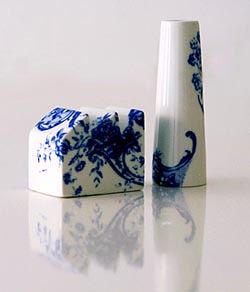Da Matteo, Sweden
Behind the scenes with the Scandinavian craft coffee pioneer

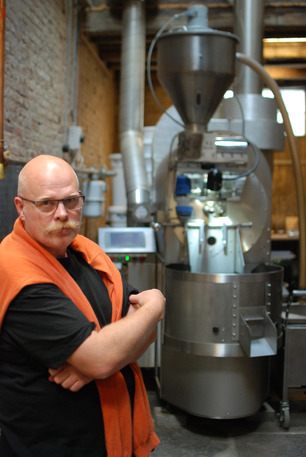
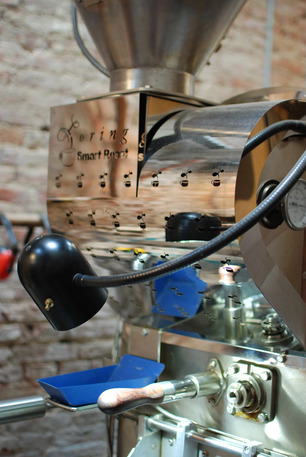
It might be a surprise to hear that Scandinavia consumes more coffee per capita than any other region in the world. On a recent trip to Sweden’s second largest city, Gothenburg—a cultural mosaic port city on the country’s (relatively) balmy southern archipelago—we were lucky enough to meet with Sweden’s godfather of craft coffee, Matts Johansson, who founded the city’s globally ranked coffee roaster and cafe, da Matteo.
Johansson is a fixture in the Scandinavian coffee scene, but his origins in specialty coffee come from Italy. “I was living there working on a book about espresso in 1999,” he explains. “In Italy, Matteo is the equivalent of Matts so it felt right for the cafe.” On his return from Italy, Johansson was one of the first in the region to begin roasting small batches of coffee in 2007. Though Scandinavians are known for drinking prolific amounts of coffee, Johansson says it’s more a question of quantity than quality. Coffee meetings, or fika—a traditional twice-daily coffee and pastry break, often shared with a cardamom-flavored cinnamon roll or kanelbullar—in Scandinavia is about meeting and being together, it’s an excuse to invite over a new neighbor or an old friend to just catch up. “People started drinking coffee during community and civic meetings towards the end of the 18th century as an alternative to alcohol,” Johansson says. “They were much more productive with coffee,” he laughs.
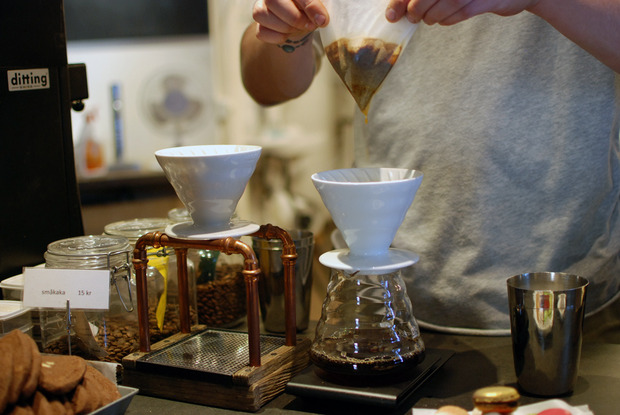
“We’re as much about educating about coffee as we are roasting and preparing it.”
“Swedes drink strong coffee by American standards, often much darker and more bitter, but it’s not necessarily better,” continues Johansson, “It’s more a question of familiarity, that’s how it’s always been made and that’s how people believe it must taste.” This unadventurous affect became rather evident when he began serving more pale-colored pour-over coffees with subtle flavor notes and brighter, floral palates like the spectacular Ethiopian Yirgacheffe from Mesele Haille—part of the brand’s “one farmer, one roaster” project. “Some customers think it’s a weaker, lesser coffee because it’s not the dark, bitter sludge they’re so used to,” laughs Johansson, “We’re as much about educating about coffee as we are roasting and preparing it.”
Johansson takes great care in both procuring and roasting beans. Opting for collective buying with other roasters in Norway and Denmark, Johansson is able give farmers a fair price for their beans while buying in quantities that keep the coffee financially accessible. To maximize environmental sustainability and flavor, Johansson opts for the Loring Smart Roaster, an energy efficient machine that has considerably lower greenhouse gas emissions than other roasters. “Our coffees are all unique,” Johansson says, “so we do not label them ‘dark’ or ‘light’, instead we roast them until their unique flavors come to the forefront.”
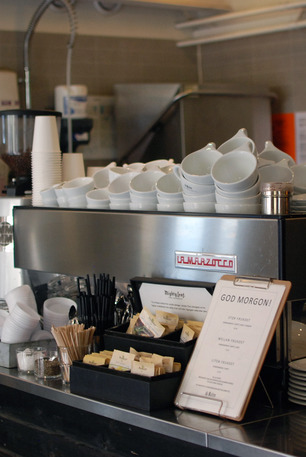
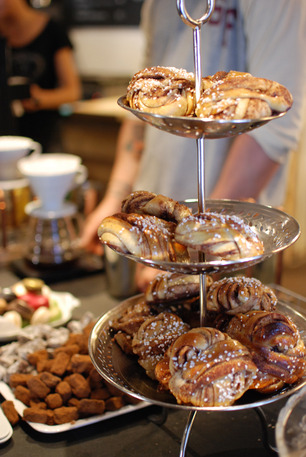
While Johansson and his more nuanced coffee are changing Swedes’ perceptions and palates one cup at a time, he’s keeping the social side of fika intact as well. Around Johansson’s three Gothenburg-based da Matteo cafes and bakeries, the pour-over coffee, espresso and knäckebröd (crisp Swedish flatbread) abound alongside conversation. On sunny and snowy days alike, expect to see the rustic yet cheery spaces crowded with coffee-lovers young and old. “Once people try our coffee—and really begin to taste the coffee—they find it hard to go back to the old stuff,” Johansson says.
If you find yourself in Gothenburg in the near future be sure to stop in for a cup of Sweden’s finest coffee, otherwise visit da Matteo coffee roaster and cafe online for more information.
Photos by Hans Aschim


